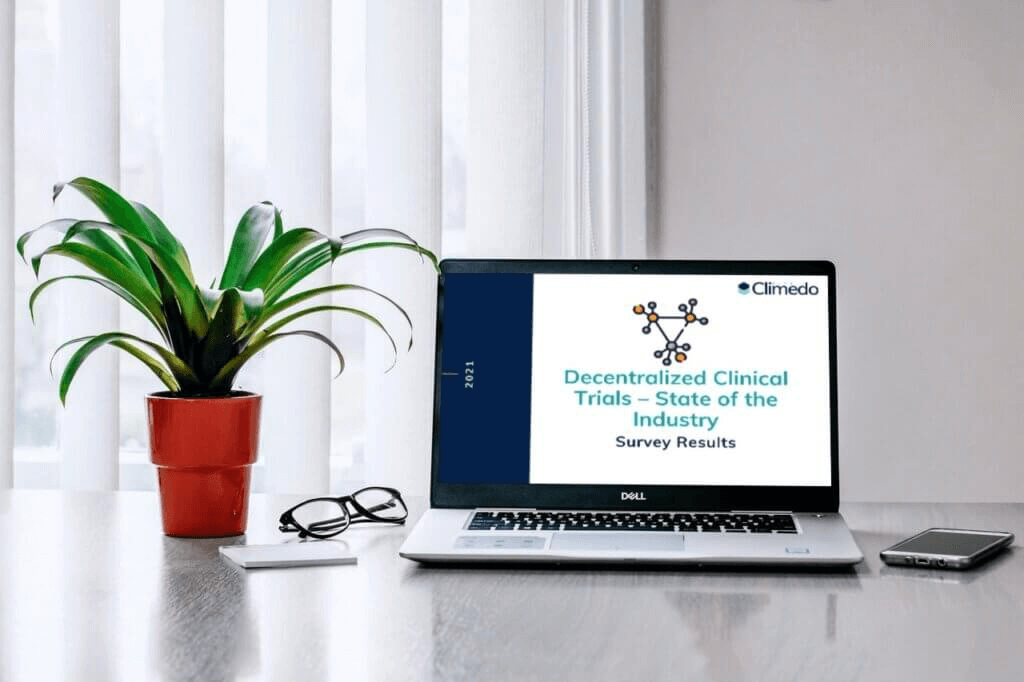3 Key Mistakes in Decentralized Trials: How to Exploit the Potential of DCTs?

DATE
July 15, 2022
AUTHOR
Dragan | Co-Founder & CTO
Many pharmaceutical companies had to face major challenges in their clinical trials due to the global spread of Covid-19: As on-site appointments became almost impossible at times, electronic data capture technologies had to be established within a very short period of time. This was the only way to ensure the progress of the trials and the safety of patients. A recently published survey shows how much has changed since the beginning of 2020. Now, 89% of all US sponsors use decentralized elements in their clinical trials. The advantages of decentralized clinical trials (DCTs) over the traditional approach are becoming increasingly clear: 80% of all traditional trials are not completed on time. DCTs enable faster trial completion and associated cost savings, as well as simplified patient recruitment and retention.
In order for all stakeholders to benefit from the advantages of decentralized clinical trials, it is important to avoid a few pitfalls. This article explains the three major mistakes that often occur in DCTs and how to avoid them – with the aim of realizing the full potential of the new technologies and procedures.
The 3 most common pitfalls in decentralized studies
1) Lack of involvement of all study participants
2) Lack of patient centricity
3) Too much data and insufficient automation
1) Lack of involvement of all study participants
Usually, a relatively large and diverse group of people is involved in a study – from sponsors and study managers to medical professionals such as doctors and patients. When conducting DCTs, however, it’s easy to forget that all these stakeholders need to be involved early on and on an ongoing basis. Otherwise concerns about the new study form or the technologies used can arise and intensify during the course of the study due to a lack of communication and information. This is reflected in many ways: Slow processes, poor communication and resulting frustration of participants. As a consequence, the potential of the new possibilities is not fully exploited – with the risk that decentralized studies will not be used again in the future.
Therefore, it is important to inform study participants about the switch to DCTs and the impact of this innovation on each individual early on. Furthermore you should provide continuous information about the processes involved. Opportunities for discourse play an important role, as doubts and problems of the participants come to light more quickly. In addition to patients’ fears of using software, for example, the urgency of introducing DCTs, internal cost pressures, the lack of an established operating model for decentralization or the need to build up additional skills must be addressed with all stakeholders. Competent and sustainably committed managers should be responsible for these tasks.
Survey Results: Decentralized Clinical Trials – State of the Industry
108 participants from the medtech and pharmaceutical industry participated in our survey on the state DCTs in companies. The survey addressed the following areas:
- DCT experience and degree of decentralization
- Challenges of traditional trials
- Barriers to DCT adoption
- Perceived potential of DCTs
- A look at the future

2) Lack of patient centricity
Patients should always come first – and in many ways the decentralized study design ensures this. For example, it is often an enormous relief for patients to submit data from home instead of traveling to the study center for each appointment. This saves participants who live far away and employees who cannot take time off for appointments a lot of effort and trouble. However, this model assumes that patients have access to smartphones and the internet – which is not always the case. Even if these conditions are met, it depends a lot on how intuitive the software is. If there is no reliable internet access or the patients do not feel comfortable with the software because it is quite complex or its operation is not sufficiently explained, this has negative consequences for the DCT. Examples include poor compliance, demotivated patients, or less meaningful data. A lack of feedback from participants also makes it difficult to identify and use potential for improvement in the study.
It is therefore crucial to select a user-friendly software for the successful DCT implementation. Members of the clinical trial team also need to be trained in sharing their knowledge with patients. At the same time, depending on patient needs, it is important to consider hybrid forms of face-to-face studies in addition to decentralized studies, offering participants options outside of apps or wearable devices. This opens up the possibility for patients to receive support from the study site’s staff on site. When participants visit the site in person for orientation or appointments, staff can make sure they are using their devices or apps correctly and answer any potential questions. There is no one-size-fits-all solution for increasing patient engagement. Instead, it is important to develop several approaches to meet the needs of different patient groups.
3) Too much data and insufficient automation
Decentralized methods allow clinical trial staff to capture more patient data in different environments, for example through:
- Wearables or sensors,
- Electronic Patient-Reported Outcome (ePRO) software,
- Electronic Clinical Outcomes Assessment (eCOA) technology and
- electronic patient diaries.
This strongly increases the total amount of incoming data. However, if the processing of this data is not automated, it can create an information overload for staff. In this case, decentralized clinical trials can turn out to be more complicated and time-consuming than conventional trials: If staff have to sift through all the data points themselves or transfer them between different systems, many additional working hours need to be planned. At the same time, a manual approach also increases the potential for errors, data quality suffers, study timelines can be delayed and costs rise.
To avoid this, a suitable software must be implemented that automatically captures and structures the data. Furthermore, integrations that transfer data between programmes provide additional relief for staff. For example, some electronic data capture (EDC) programmes can be integrated with electronic investigator files (eISF). As a result, the clinical research team does not need to worry about manually transferring data between programmes. This provides optimal conditions to realize the full potential of DCTs in the area of information processing.
Conclusion: DCTs as the future of clinical research
DCTs have recently emerged as an essential tool for conducting trials more safely, quickly and efficiently. Their use can be beneficial to all stakeholders – for example, through increased patient involvement, improved data quality, increased safety and reduced burden on trial sites. This significantly increases the likelihood of a successful trial. For patients, independence of location opens up more opportunities to participate in studies. Medical professionals benefit from time savings thanks to automated data processing as well as more and better quality information. This in turn allows treatment to be better tailored to the patient.
In order to realize these benefits, some basic requirements must be met: It is crucial that all DCT stakeholders are involved in all developments and processes as early as possible and that concerns are heard. Patients should be able to choose between pure DCTs and hybrid forms of study. Furthermore, stakeholders must have access to secure, well-integrated software that is intuitive for all to use. At the same time, automated data processing is indispensable – in order to exploit the added value of the additional information and not get lost in manual administrative activities. As the regulatory environment for DCTs is currently in a state of flux, sponsors must always adapt their studies to the latest guidelines.
If you avoid these key mistakes and take into account a few more tips that we have compiled for you here, you will be optimally equipped for the successful implementation of DCTs.
We would also be happy to support you with our digital solutions for your decentralized or hybrid study. Feel free to reach out to us or feel free to schedule a software demo. We’re here to help you make your clinical data capture future-proof and competitive!






